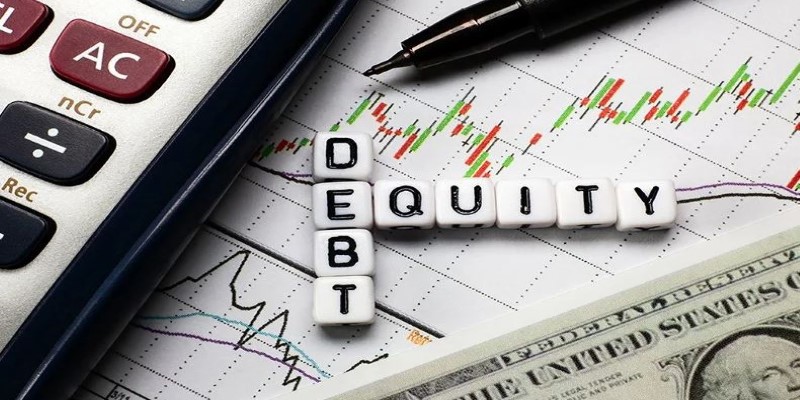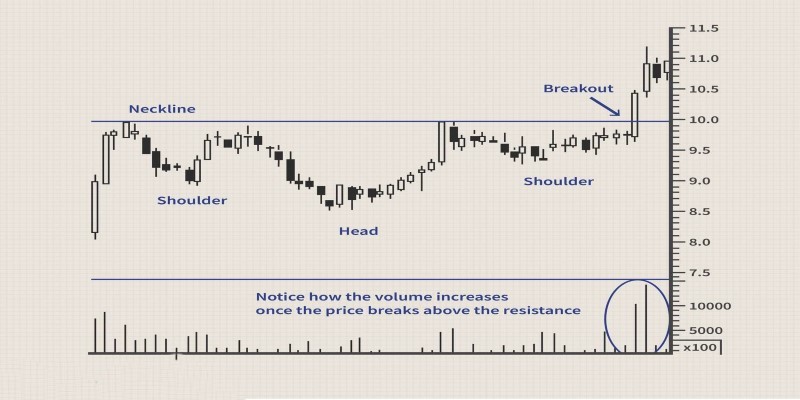Making Sense of Leverage Ratios: A Comprehensive Overview
Understanding financial metrics is essential in navigating the complex world of investments and business operations. Among these metrics, the leverage ratio is a key indicator of a company's financial health and risk exposure. In this comprehensive guide, we will unravel the intricacies of the leverage ratio, exploring its definition, significance, and practical applications. By delving into how leverage is created and examining various leverage ratios, we aim to provide readers with a solid understanding of this fundamental concept in financial analysis. Join us as we demystify the leverage ratio and its implications in finance.
What Is a Leverage Ratio?
A leverage ratio serves as a financial tool to gauge the relationship between a company's debt and its equity or assets. It indicates how much debt a company has relative to its financial resources. Essentially, it provides insights into the level of risk associated with a company's debt levels. A higher leverage ratio suggests that a company relies more heavily on debt financing, while a lower ratio indicates a more conservative financial structure. Understanding leverage ratios is crucial for investors and analysts when assessing a company's financial health and risk exposure.
How is Leverage Created?
Leverage is essentially using borrowed funds to increase the potential return on investment. It's like using a financial "lever" to magnify gains or losses. Now, let's break down how leverage is created:
Borrowing Instead of Equity Financing
Instead of relying solely on the money invested by shareholders (equity financing), a company may choose to borrow funds to finance its operations or investments. This borrowing can come from various sources, such as bank loans, issuing bonds, or other debt instruments available in the financial market.
Forms of Borrowing
Companies have options when it comes to borrowing funds. They can take out loans from banks, where they agree to repay the borrowed amount along with interest over a specified period. They can also issue bonds, which are debt securities sold to investors who are promised fixed interest payments over time and repayment of the principal amount at maturity. Other forms of borrowing may include lines of credit or issuing commercial paper.
Amplifying Returns
By leveraging debt, a company can potentially increase its returns on investment. For example, let's say a company invests $100 of its equity and borrows an additional $400 at an interest rate of 5%. With a total investment of $500, if the company's investment generates a return of 10%, it would earn $50. However, since it only invested $100 of its own money, its equity investment would be 50% ($50 return on $100 invested).
Increased Risk

While leverage can magnify returns when things are going well, it also amplifies the risk. Debt obligations must be repaid regardless of the company's performance. If the company's investments don't generate sufficient returns to cover the interest payments and repay the principal amount, it can lead to financial distress or even bankruptcy. Additionally, the debt burden can become particularly challenging during economic downturns or periods of low profitability.
Types of Leverage Ratios
Several types of leverage ratios provide a unique perspective on a company's financial structure and risk profile.
Debt-to-Equity Ratio: The leverage ratio compares a company's total debt with its shareholders' equity, reflecting its dependence on debt for financing. When the ratio is higher, it indicates elevated financial risk, as the company might find it challenging to fulfill its debt obligations, especially during economic downturns.

Debt-to-Asset Ratio: This ratio measures the proportion of a company's assets funded by debt, revealing its reliance on borrowed funds. A higher ratio indicates greater financial risk, potentially straining cash flow and flexibility.
Interest Coverage Ratio: Assessing a company's ability to cover interest payments, this ratio compares earnings before interest and taxes to interest expenses. A higher ratio signals financial health and lower default risk, while a lower ratio may indicate financial distress.
Leverage Ratio Examples
In this example, we have two companies, Company A and Company B, operating in the same industry with similar business models but having different capital structures, which is the mix of debt and equity they use to finance their operations.
Company A has a leverage ratio of 2, which means it has twice as much debt as equity. This indicates that a significant portion of Company A's funding comes from borrowing money rather than from its investors. On the other hand, Company B has a leverage ratio of 0.5, suggesting that it has twice as much equity as debt. Company B relies more on its capital than borrowing to finance its operations.
Now, let's imagine an economic downturn in the industry, causing a decrease in revenues for both companies. Since Company A has higher debt levels, it may face challenges in meeting its debt obligations during tough times. This could lead to financial distress for Company A as it struggles to repay its loans and interest payments.
In contrast, Company B, with lower debt levels, is better positioned to weather the downturn. Company B has greater financial flexibility, with more financing coming from equity rather than debt. It can use its resources to sustain its operations and navigate through difficult periods without being burdened by heavy debt obligations.
This example highlights how leverage ratios can impact a company's resilience during economic challenges. Companies with higher leverage ratios are more vulnerable to financial difficulties during downturns, while those with lower leverage ratios have greater stability and flexibility to withstand adverse conditions.
Conclusion
The leverage ratio is crucial for assessing a company's financial health and risk exposure. Investors and analysts can make more informed decisions by understanding how much debt a company carries relative to its equity or assets. Whether evaluating investment opportunities or assessing a company's ability to withstand economic fluctuations, the leverage ratio provides valuable insights into its financial structure. By considering the various leverage ratios and examining real-world examples, individuals can better understand this fundamental concept in finance.












